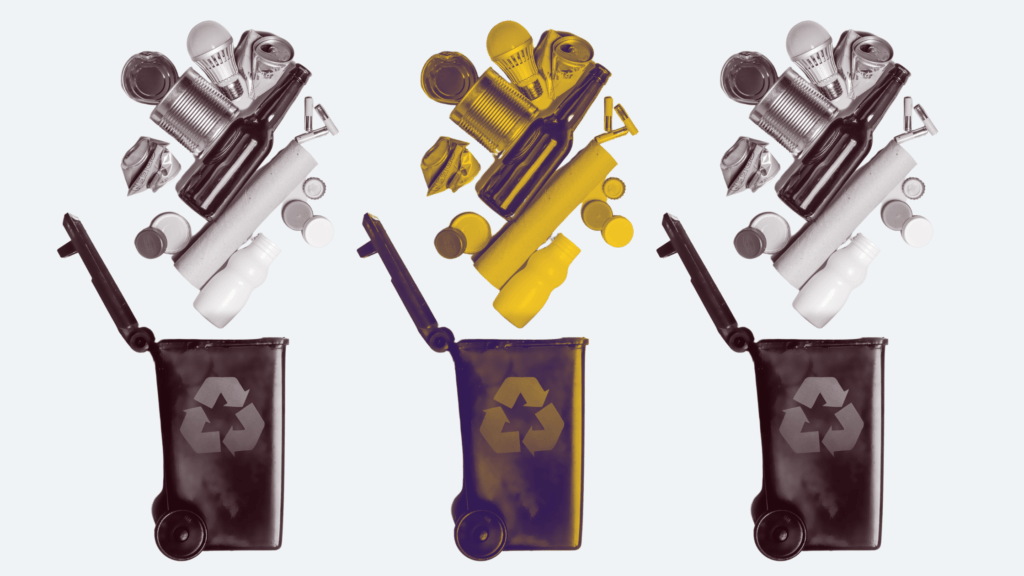Energy is crucial for the development and sustenance of mankind. Humans majorly use energy derived from fossil-fuels. Since fossil fuels are limited and resources are exhaustible there is a need to focus on alternative means of producing energy –firstly, without expending the non-renewable resources and secondly, by minimising greenhouse gas emissions in the atmosphere. In this background, generation of renewable energy to reduce carbon footprints assumes immense significance for economies all over the world.
The International Energy Agency (IEA)’s special report titled “India Energy Outlook, 2021” has found India to be the world’s third‐largest energy consuming country. As a country, that is so heavily dependent on energy for growth and development – the two primary by-products of the energy usage are (i) overexploitation of non-renewable resources and (ii) emission of greenhouse gasses (GhGs). To tackle this, the generation of renewable energy needs to be bolstered and robust efforts to limit GhG emissions must be undertaken.
However, how does one take such efforts if there is confusion around the proposed solutions? Recently, in Essel Mining Industries Limited v. Deputy Commissioner of Income-tax, the Income-tax Tribunal, Mumbai interchangeably used the term “carbon credits” and “RECs”. Although, both these concepts are completely distinctive from each other. When there appears to be a lack of clarity amongst the judiciary, regarding certain environmental initiatives and the corresponding objectives they each seek to fulfil, one cannot expect the common man to easily understand the complex jargons used to address climate crisis today.
Therefore, the need of the hour is, to simplify discourse around such topics, for a holistic understanding of the climate goals India is striving to achieve. This article is an attempt in that direction, to lucidly explain two environmental instruments – ‘Renewable Energy Certificates’ and ‘Carbon Credits’ being deployed by India at a domestic level, in order to combat the global climate crisis.
What are Renewable Energy Certificates (RECs)
Even though India is abundantly blessed with renewable energy resources, there is geographical disparity in distribution of these resources across the country. States like Rajasthan, Gujarat, Karnataka, Tamil Nadu have a high potential for harnessing energy from renewable resources as compared to states like Bihar, Jharkhand, West Bengal or Delhi. Moreover, owing to its variable nature, the procurement of energy from these resources also proves tricky for the power sector. Even though renewable resource-rich states have the potential to harness the energy beyond the levels fixed by State Electricity Regulatory Commissions (SERC), high costs involved in the process discourage local distributors from purchasing renewable energy beyond what is mandated by SERC. This creates a gap/disparity in the availability and thus use of renewable energy.
To bridge this gap, policies framed under the Electricity Act, 2003, and the National Action Plan on Climate Change (NAPCC) provide for a roadmap to increase the share of renewable energy in the total generation capacity in the country. It is here that, the concept of Renewable Energy Certificate (REC) presents itself as an opportunity for the power sector in India.
A REC is a market-based instrument issued to generators of renewable energy to incentivise them for producing clean and green energy. There are two types of RECs – solar and non-solar. The Grid Controller of India Limited (formerly known as ‘Power System Operation Corporation Limited’), a Central government agency, is the authority in charge of issuing such RECs.
RECs help certify that, the holder owns and has generated one megawatt-hour (MWh) of electricity from a renewable energy resource. This certification serves as a means for authentication of the energy supplied to the power grid. RECs are tradeable as energy/environmental commodities in power exchanges approved by the Central Electricity Regulatory Commission (CERC). At such approved power exchanges, obligated entities (OEs) can purchase RECs to fulfil their renewable purchase obligations (RPOs). ‘OEs’ are entities that are required to fulfil their ‘RPOs’ as mandated by the CERC. A RPO is a mechanism by which the OEs must purchase certain percentage of electricity from renewable energy sources.
Indian Energy Exchange (IEX) and Power Exchange India Ltd are two examples of such platforms on which RECs are currently being traded in India.
What are Carbon Credits ?
The world today is undergoing a severe climate crisis owing to increasing ‘carbon-footprints’. The primary cause behind carbon-footprints is rapid globalisation and industrialisation. Governments and industry professionals are fast engaging in ways to mitigate the threat carbon emissions and other GhGs pose to the global economy.
One such method employed for reducing GhG emissions is issuance of ‘carbon credits (CCs)’. A ‘carbon credit’ is a permit/ tradable certificate issued to a company/individual to emit a fixed quantity of carbon-dioxide and other GhGs. There are several obligations on companies to reduce their carbon footprints while carrying out developmental activities. However, if they fall short of meeting their commitments, such companies can invest in green projects to counterbalance the impact caused due to their emissions. This phenomenon is called as “off-setting” i.e., instead of reducing its own emissions they derive benefit from someone else using clean energy. The process of purchase and sale of CCs is called as ‘carbon trading’ and the place where CCs are traded are termed as ‘carbon-markets’. India is does not have any carbon market(s) at present, however, the Energy Conservation Act, 2021 has been amended to facilitate establishment of a carbon market in India for trading of “carbon credits”. Therefore, it appears India may get its own carbon market sometime in the near future.
So, are RECS and Carbon Credits the same?
No, not at all. Even though “RECs” and “Carbon Credits” both strive to reduce carbon footprint and tackle climate change, they are different instruments with distinct environmental impacts. Carbon credits limit carbon emissions while RECs help create and promote energy from renewable resources. A REC directly helps a consumer reduce their carbon footprints while a Carbon Credit incentivises switching to the use of green energy by organisations without reducing carbon footprints. The purpose of REC is to support the renewable energy sector by promoting sources of green electricity. While a Carbon Credit allows individuals/organisations to compensate for their own emissions by financing clean energy projects. An REC exhibits that the consumer has used renewable electricity from a source that has low or zero emissions. A Carbon Credit allows a individual/ organization to claim that it has reduced its GHG emissions or polluted within permissible limits.
Conclusion
When harnessed efficiently, carbon credits and RECs can have constructive impacts on the environment, the economy, and society in addition to lowering carbon emissions. These instruments can bring about significant environmental change that can reverse certain consequences of climate change. However, reliance on these two tools to cut carbon emissions must only be temporary. Until the market has enough time to invest in, develop, and perfect additional sustainable ideas, carbon credits and RECs must be employed in addition to carbon reduction strategies.


